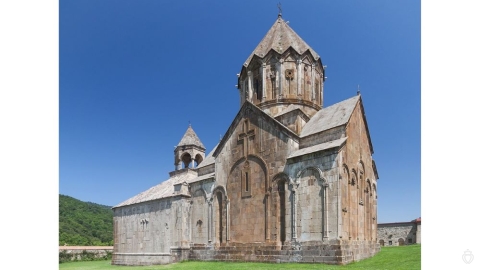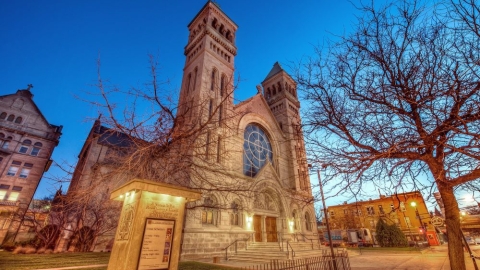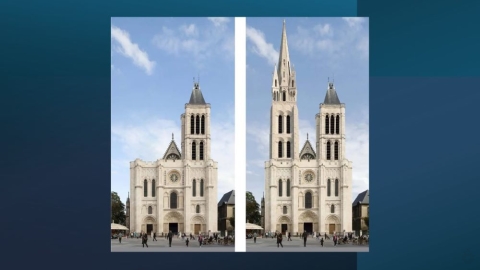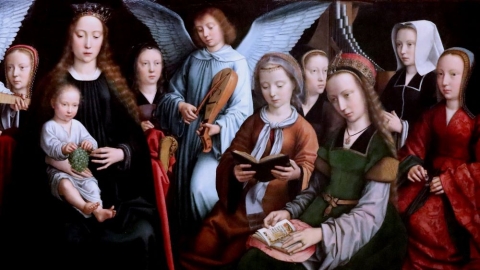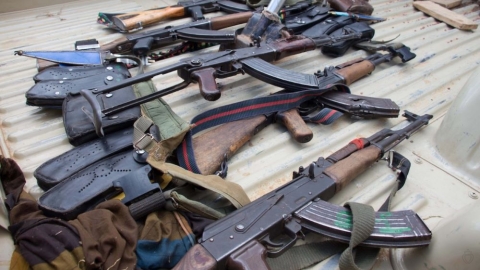German Synodal Path: Assessment and Perspectives
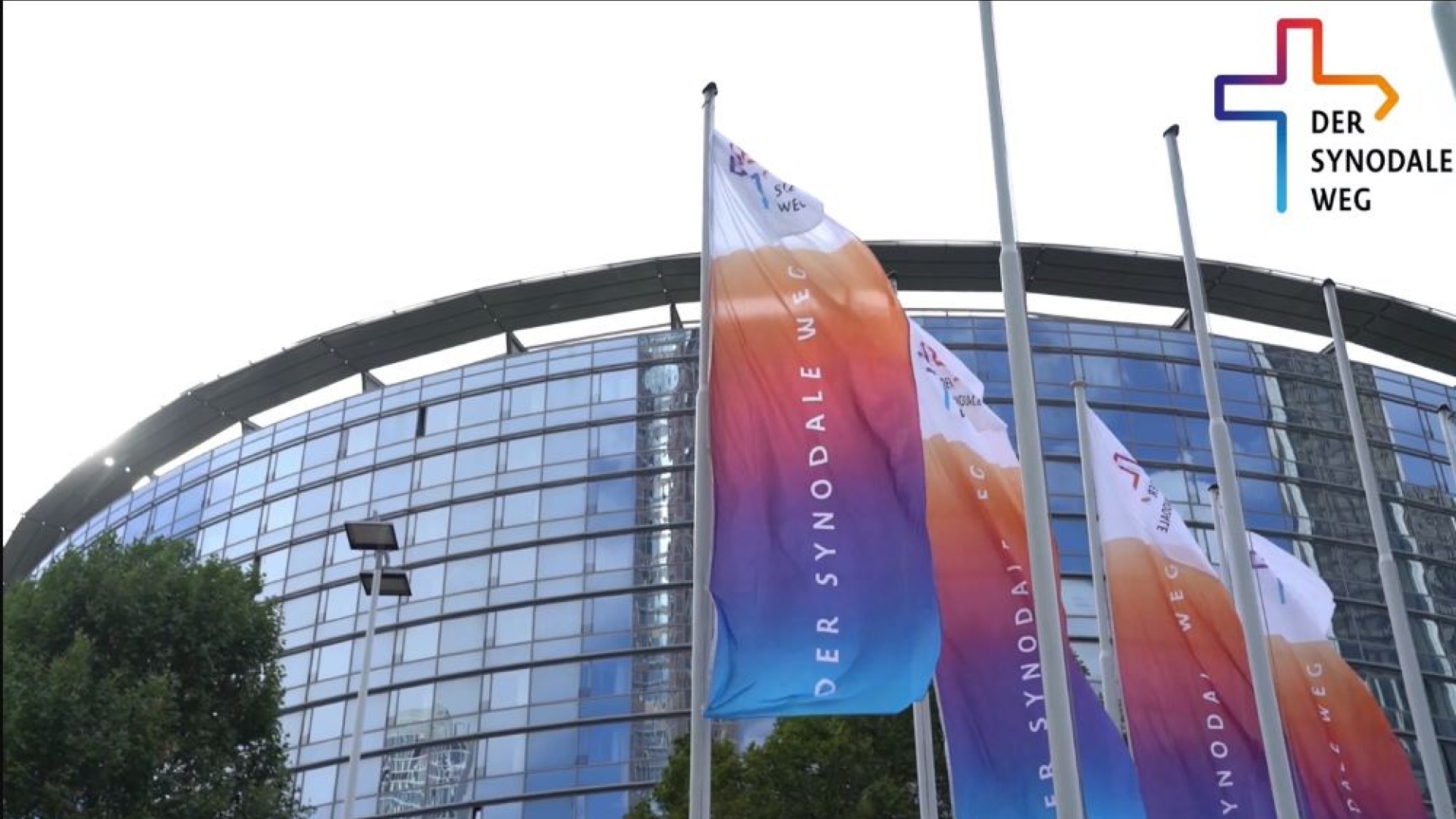
The Synodal Path process ended on Saturday March 11, 2023 on the last day of its 5th Plenary Assembly. It is now possible to try to take stock and consider the prospects that will emerge afterwards, the groundwork for which has already been laid.
FSSPX.News has devoted many articles to this event, because from its beginnings it appeared that it was a process that was going to wreck havoc in the Church in Germany and threaten to extend to the universal Church, at least in the spirit that animated it.
The Causes of the Synod
It is necessary to distinguish on the one hand the cause for initiating the process and the cause distant from its operative mode.
The Abuse Crisis
The trigger was the revelation of the abuse crisis in the Church in Germany. An independent commission made up of academics and specialists from Mannheim, Hamburg and Gießen, hence the acronym MHG, was used to designate the final report submitted to the episcopate in 2018.
The report describes “the frequency of abuse and its forms… and identifies the structures and dynamics, within the Church, likely to encourage abuse.” A series of recommendations call into question the very structure of the Church, targets her morality and attacks the power of order.
Hence the decision to begin a synodal process with four bases of reflection: “Power and separation of powers,” “Sexual morality,” “Priestly life,” and, finally, “the Place of women in the Church,” entrusted to four forums responsible for drawing up the texts to be examined by the Synodal Assembly.
Remote Cause from the Operational Mode
Post-Council German Catholicism was marked by a synodal event that left a deep, still living mark: the Joint Synod of Würzburg. The model was the Dutch pastoral “council” which brought together bishops, priests, and many lay people.
The Dutch Council was a catastrophe. Paul VI’s weakness allowed it to happen. The council proposed, with the agreement of the bishops, the abolition of priestly celibacy in 1970, three years after Paul VI's encyclical on the subject. The Pope reacted immediately, but the Dutch Church plunged into crisis.
The Synod of Würzburg brought together all the German dioceses and decided: the access of women to leadership positions in the dioceses, the demand for women to partake in the offices of lector and acolyte, and also the diaconate. And the establishment of a permanent structure to extend the spirit of the synod.
The Elements of the Synodal Path
During the five Plenary Assemblies the texts prepared by the forums were studied, read, and voted on, and if they received a majority, they were marked to be applied. However, it had to be accepted that certain conclusions could only be implemented with an agreement from Rome.
A text approved at the 3rd Assembly dealt with the involvement of the faithful in the election of bishops. However, even if the designation of bishops is particular in Germany, it is governed by papal secrecy, which cannot be extended to lay people without a dispensation from the Holy See.
At the 4th Assembly a text “recommends to the pope to proceed to a reassessment of homosexuality on the magisterial level.” A revision of the catechism is requested: “homosexual acts” must be removed from the list of “principal sins against chastity.”
At the same Assembly, was passed a text seeking to reform the rules of hiring in structures run by the Church – the Church is the third largest employer in Germany. In fact, this document opposes any sanctions or discriminations in the hiring of remarried divorcees or homosexual couples.
The 4th Assembly finally passed a text which demands the equality of women in all positions of responsibility and access to ordained ministries. The text extends this request to what is covered by gender theory, in other words to homosexuals and those who “change sex.”
The 5th Assembly adopted a text on the priesthood which affirms that a “priesthood reserved for heterosexual men is questionable and incompatible with lived practice.… The justification for compulsory celibacy is no longer widely accepted. The acceptance of homosexuality on an equal footing, including among priests, is explicitly claimed.” The Holy See is asked to re-examine priestly celibacy, provide dispensations from celibacy entrusted to German bishops, permit the ordination of viri probati (in other words, of married men) and to allow already ordained priests to marry.
Another text asks for laity to be allowed to celebrate baptisms and marriages, give the homily during Mass, and the creating of a commission of women to help in the management of parishes. Even watered down – it originally asked for lay confession and extreme unction – this text destroys the priesthood a little more.
The next text establishes a blessing for divorced-remarried and homosexual couples, despite warnings from Rome, from the Responsum of the Curia to the warning of the Apostolic Nuncio at the spring meeting of bishops, at the end of February 2023.
Gender theory, treated by a text that exploits it and draws the consequences: men claiming to be women will be able “if necessary” to have access to female religious communities and vice versa. A woman claiming to be a man could receive priestly ordination.
Finally, in a text dealing with the greater participation of women in the services and ministries of the Church, the Assembly asked for the establishment of the female diaconate. And ultimately the priesthood for women.
Perspectives
The future will focus especially on three points.
1. First on the Synodal Committee, already set up, composed of 27 German bishops, and the same number of members of the ZdK (Central Committee of German Catholics), as well as 20 members elected by the last Assembly. It is responsible for ensuring the implementation of the texts passed, and for setting up the synodal councils, at least diocesan and parochial.
2. The implementation of the texts passed by the bishops, individually. It has already started. Thus, Msgr. Franz-Josef Bode, Bishop of Osnabrück, invited all couples who cannot or do not want to marry in the Church, to be blessed if they wish. In addition, in the diocese, lay people can also preach the homily and administer baptism.
3. The Roman reaction. How far will Rome let it go? There are two points which seem to cause real difficulty. First of all, the synodal councils, whether at the national, diocesan, or parochial level. Rome has clearly refused the first level, and has also rejected the others, on the grounds that the Church in Germany cannot decide by itself.
The second point concerns the blessing of homosexual couples in particular. Questioned on March 13, Cardinal Pietro Parolin, Secretary of State of the Holy See, affirmed: “It seems to me that the Holy See has already expressed itself in very clear terms on this, with the document from the Dicastery for the Doctrine of the Faith,” in the March 2021 Responsum.
“A particular church cannot make these kinds of decisions, which involve the universal church,” he continued. He added that there would be “a discussion with Rome as well as with the rest of the Churches in the world,” to “clarify the decisions to be made.” This falls far short of the Roman document quoted, which affirms the impossibility for the Church to proceed to such a blessing.
The key will ultimately be the Roman reaction. But this is partly paralyzed by the World Synod on Synodality, because the themes imposed by the Synodal Path are found more or less in the syntheses already made, and they will inevitably resurface in the discussions. This will delay a possible reaction. And then it will be too late, at least for the Church in Germany.
Related links
(Sources : InfoCatolica/La Croix/Vatican news/FSSPX.Actualités – FSSPX.Actualités)
